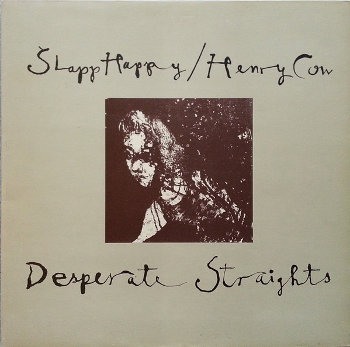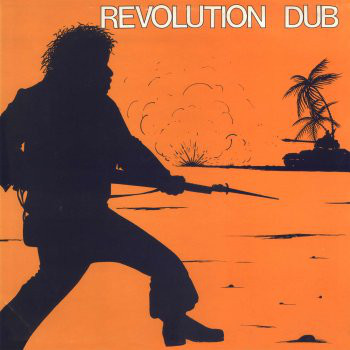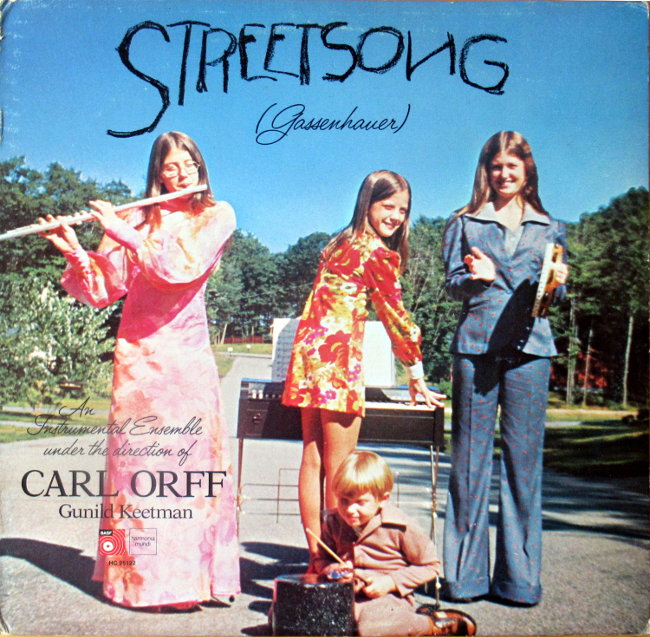"Canterbury" style prog rock is notable for its frequently self-referential joke content: songs about singing, notes about notes following notes. These lyrics, for example:
"This is the second verse, the second verse, maybe the last one, or maybe the chorus... or perhaps it's a bridge... or just a-nother... key change [song changes key]" (Robert Wyatt)
Or this intro from the first Hatfield and the North LP:
Here's a song to begin the beginning
a few notes which are arbitrary
but we try our best to make it sound nice
and hope that the music turns you on to our latest L.P.
so do have a laugh certainly.
But you gotta give special credit for nerdy prog recursiveness to a song about time signatures. (NB: The members of Egg were in their teens when they wrote this.)
Seven Is a Jolly Good Time, Egg, UK, 1969
YouTube (use adblocker)
1
I used to play in four time when I was very small
Recently I've realised the folly of it all
So grim a thought disturbed me, upset my decent mind
I started writing songs in all the rhythms I could find
Like five...
Seven is a jolly good time, seven is a jolly good time
It's such a very good sign to play in seven time
Seven is a jolly good time, seven is a jolly good time
It's such a very good sign to play in seven time
I found it hard to follow, my foot became confused
My facial muscles echoed the rhythms that I used
And now I found my métier playing in a group
I gather all the notes up and jump them through a hoop
As in eleven...
Seven is a jolly good time, seven is a jolly good time
It's such a very good sign to play in seven time
Seven is a jolly good time, seven is a jolly good time
It's such a very good sign to play in seven time
It really doesn't matter
It really doesn't matter
It really doesn't matter
It really doesn't matter
(repeat)
Seven is a jolly good time, seven is a jolly good time
It's such a very good sign to play in seven time
Seven is a jolly good time, seven is a jolly good time
It's such a very good sign to play in jolly old seven time



